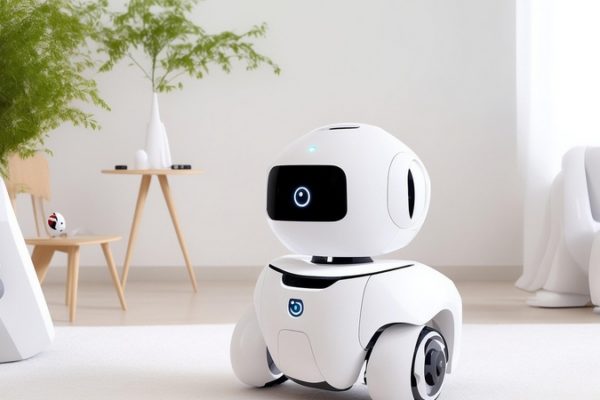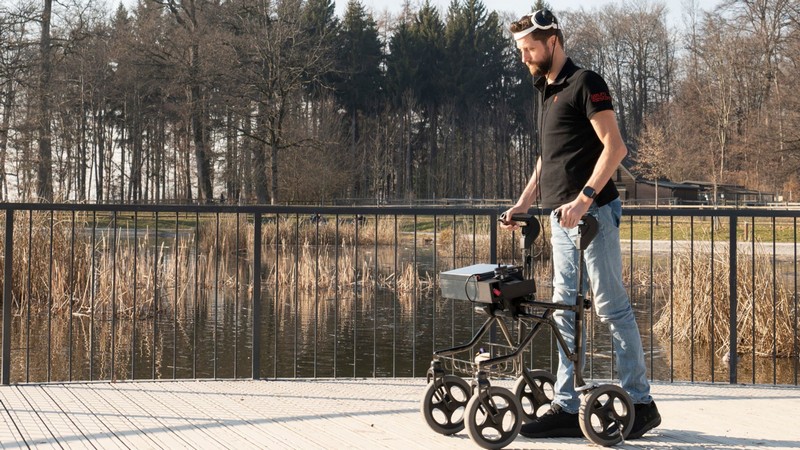
A paralysed man has defied the limitations of his condition and regained the ability to walk, thanks to a ground-breaking wireless “digital bridge” that re-established communication between his brain and spinal cord. This remarkable achievement was made possible through a brain-computer interface consisting of electronic implants placed in the brain and spinal cord. The success story of Gert-Jan Oskam, a 40-year-old Dutch engineer who suffered a spinal cord injury, highlights the transformative power of this technology. As researchers celebrate this astonishing breakthrough, questions arise about the workings of the technology, its potential impact on other forms of paralysis, and the accessibility of such treatments. How does this technology operate, can it be applied to restore arm and hand functions, and what are the implications for those living with paralysis?
Top Stories This Week
- Paralysed Man Walks Again Thanks To Neural Digital Bridge
- Pressure Mounts For U.S. Response After China’s Micron Ban
- Meet The Tiny, Wireless Sleep Apnea Diagnostic Wearable Headed For The US
- Dynamic Pricing In Retail: How Bluetooth & Public Wi-Fi Impact Privacy
- Connectivity Challenges In Industry 4.0
- What Is NB-IoT And How Does It Work?
- Can Quantum Computing Accelerate Machine Learning?
- The Rise Of Software-Defined Vehicles: Changing The Face Of Automobile Technology
- Smart Material Prototype Challenges Newton’s Laws Of Motion
- Researchers Use AI To Identify Similar Materials In Images
- How MIT’s Modular-Things Is Redefining Hardware Design Through Virtualization
Hardware Business News
Pressure Mounts For U.S. Response After China’s Micron Ban

Micron Technology, the largest memory chip maker in the US, is facing significant losses due to a partial sales ban of its products in China. The ban presents an opportunity for South Korean companies like Samsung Electronics and SK Hynix to gain market share in Micron’s absence, but the impact on Micron’s revenue will depend on the details of Beijing’s restrictions. As the ban unfolds, questions arise regarding the security concerns raised by China, the potential shift of customers to local firms, and the broader implications for the memory chip industry. What will be the consequences of this ban on Micron’s revenue, how will South Korean companies capitalize on Micron’s absence, and what impact will this have on China’s reliance on foreign semiconductors and the industry as a whole?
Meet The Tiny, Wireless Sleep Apnea Diagnostic Wearable Headed For The US

Acurable, a UK-based medtech startup, has obtained FDA clearance for its innovative wireless diagnostic device designed for remote detection of obstructive sleep apnea (OSA). Acurable’s wearable technology, known as the AcuPebble, offers a patient-friendly and cost-effective alternative to traditional sleep apnea diagnostic methods, such as polysomnography tests, which can be inconvenient and costly. With its ability to be self-administered by patients at home, the AcuPebble aims to revolutionize the diagnosis and management of sleep apnea. How does Acurable’s wireless diagnostic device for sleep apnea differ from traditional diagnostic methods, what is the potential impact of Acurable’s technology on the management of chronic respiratory conditions, and what are the future prospects for expanding its applications beyond sleep apnea?
Dynamic Pricing In Retail: How Bluetooth & Public Wi-Fi Impact Privacy

The retail industry has been deploying all kinds of tactics to improve sales ever since the first market stalls were developed by man, but the rise of modern technologies such as Bluetooth tracking, Wi-Fi, and apps is giving way to more invasive marketing techniques. How have modern technologies such as Bluetooth and public Wi-Fi helped to develop unique market strategies such as dynamic pricing? Do these new tactics introduce serious ethical challenges, and how can engineers fight against such practices?
Connectivity Challenges In Industry 4.0
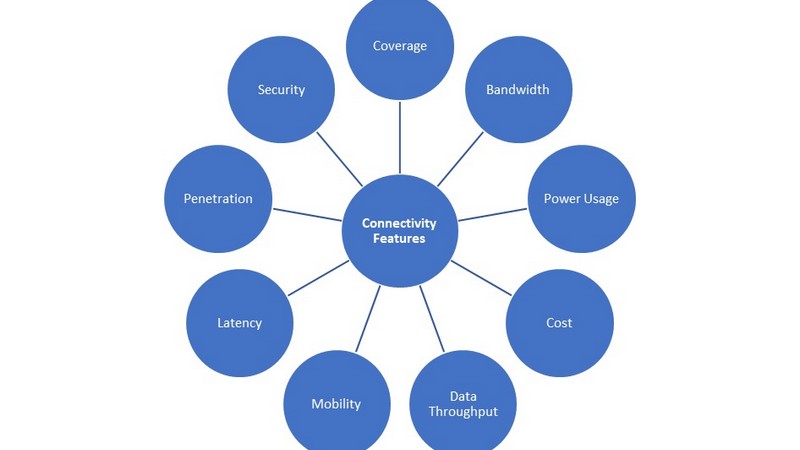
Industry 4.0 brings forth a new era of manufacturing, driven by interoperability, information transparency, technical support, and decentralized decision-making. With the advent of the Industrial Internet of Things (IIoT), connectivity plays a crucial role in realizing the potential of Industry 4.0. However, achieving seamless interconnectivity on the factory floor poses challenges. How can we ensure reliable and efficient network connectivity, what are the implications of network interoperability, and how can we address the growing concerns of network security?
Hardware Engineering News
What Is NB-IoT And How Does It Work?

The increasing number of connected devices and internet users has led to a demand for faster and more reliable connectivity. In response, technologies like NB-IoT and LTE-M have emerged as connectivity options for IoT applications. But what exactly is NB-IoT and how does it work, how does it compare to LTE-M in terms of bandwidth, coverage, and energy efficiency, and which technology is more suitable for specific IoT applications? Let’s explore these questions and delve into the world of NB-IoT and LTE-M connectivity.
Can Quantum Computing Accelerate Machine Learning?
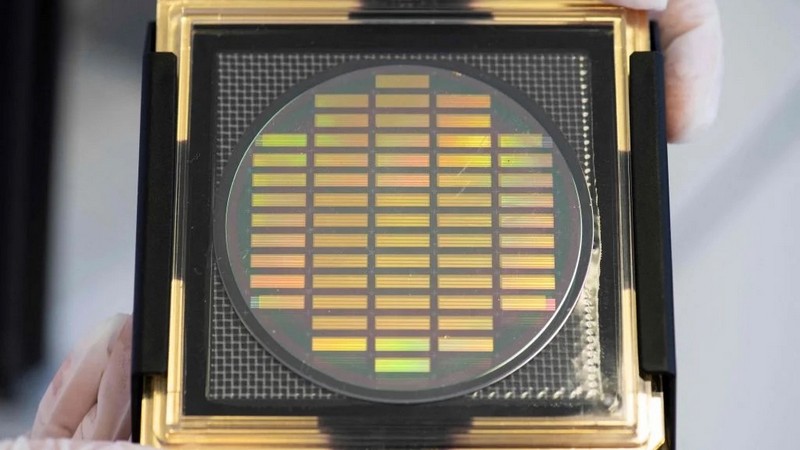
The new partnership between Orca Computing and Nvidia aims to address concerns about the bottleneck in compute power for training large language and foundation AI models. By combining classical and quantum algorithms, Orca’s quantum processing units (QPUs) work alongside Nvidia’s GPUs to enhance the learning process. This hybrid approach allows for the scaling of systems and has already demonstrated improved image generation quality. But how does this hybrid system impact the performance of generative algorithms, what are the potential applications of this technique beyond image generation, such as the efficient placement of small items, and how does quantum computing offer solutions to mathematical problems that classical computers struggle with?
The Rise Of Software-Defined Vehicles: Changing The Face Of Automobile Technology
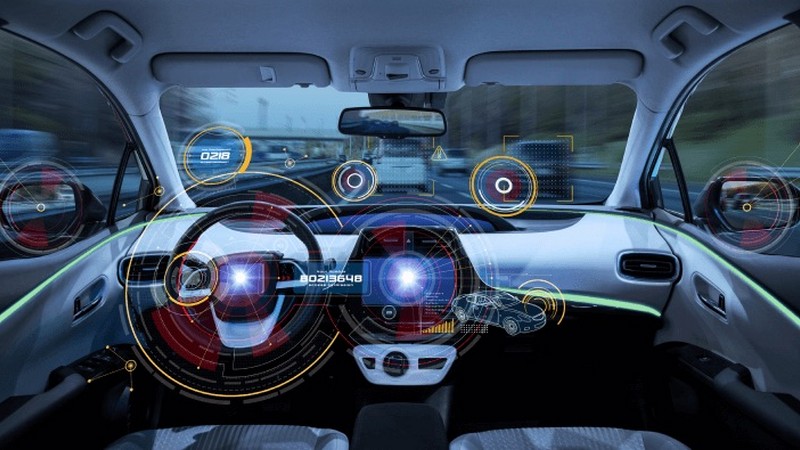
Software-defined vehicles are on the rise, promising to revolutionize the automotive industry by allowing for over-the-air software updates and constant improvements. This approach, exemplified by companies like Tesla, enhances the value and performance of vehicles over time. However, this shift poses challenges in terms of hardware design, particularly in ensuring compatibility with future system upgrades. How can software-defined vehicles maintain and increase their value over time, what design challenges arise in creating hardware systems that can cope with future operating requirements, and how will the transition from domain-based to zonal architecture impact vehicle communication and functionality?
Hardware R&D News
Smart Material Prototype Challenges Newton’s Laws Of Motion
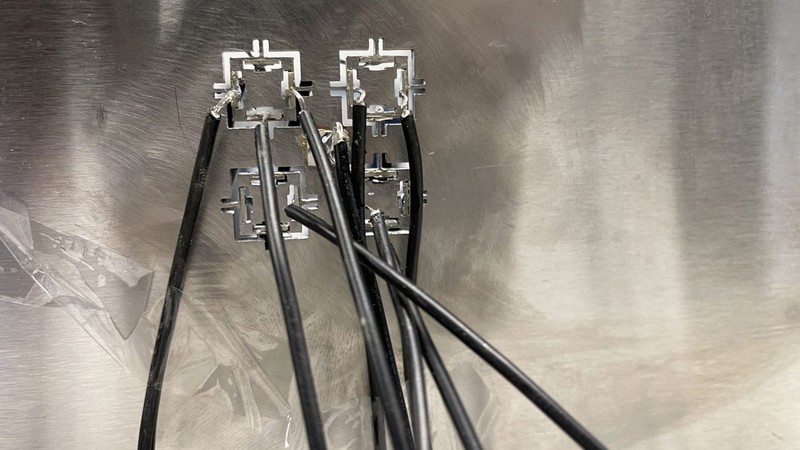
Researchers at the University of Missouri have made significant progress in designing an ideal metamaterial by exploring the unconventional properties of “metamaterials.” In their recent study, they developed a class of active metamaterials with an odd mass density tensor, allowing them to control the direction and intensity of energy waves within a solid material using electrical signals. This breakthrough has potential applications in various fields, including military and commercial sectors. How do active metamaterials with an odd mass density tensor enable control over energy waves, what are the potential military and commercial uses of this technology, and how can this metamaterial contribute to the monitoring and maintenance of civil structures such as bridges and pipelines?
Researchers Use AI To Identify Similar Materials In Images

Researchers at MIT and Adobe Research have developed a machine-learning model capable of identifying pixels in an image that represent a specific material. This breakthrough technique has significant implications for computer vision systems, particularly in enabling robots to interact with objects in the real world. By accurately identifying materials in varying shapes and lighting conditions, the model provides a foundation for material selection, which is crucial for tasks like robotic manipulation and image editing. How does the machine-learning model identify pixels representing a specific material in an image, what challenges did the researchers face in training their model and how did they overcome them, and what are the potential applications of this technique in robotics, image editing, and material-based web recommendation systems?
Open-Source Hardware News
How MIT’s Modular-Things Is Redefining Hardware Design Through Virtualization
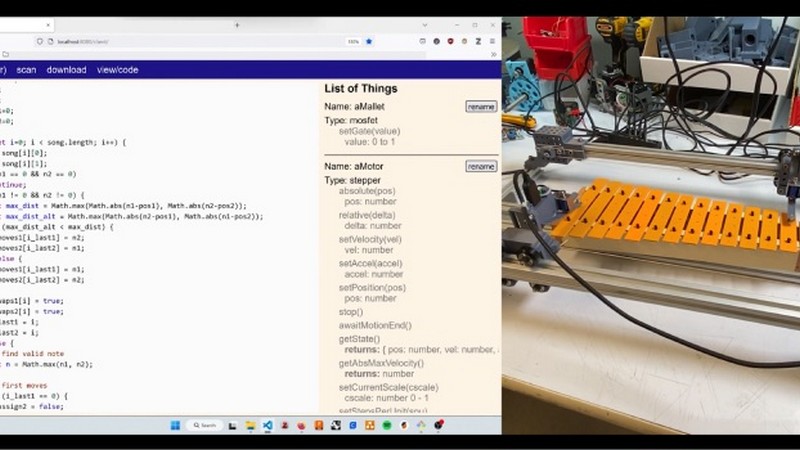
Monolithic designs, where electronic systems are designed as singular units, have been the norm in the industry. However, they face challenges in large-scale applications like data centers, where a single failure can bring down the entire system. MIT researchers have developed a modular hardware toolchain that virtualizes hardware components, allowing for easier maintenance and scalability. This approach reduces complexity, improves reliability, and addresses e-waste concerns. Are monolithic designs limiting the scalability of large-scale applications like data centers, how can the modular hardware toolchain developed by MIT address the challenges of monolithic designs, and could modular designs revolutionize the electronics industry and lead to more sustainable practices?


